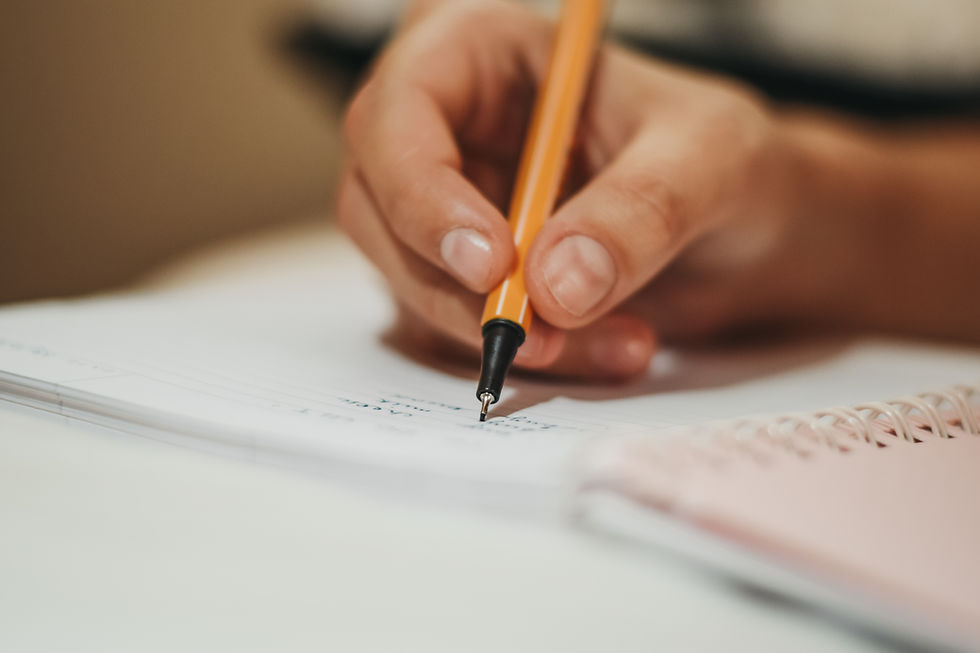Common Interventions for Dyslexia
- Total Communication

- Oct 27, 2021
- 1 min read
Updated: Apr 6, 2022
According to the International Dyslexia Association, dyslexia is a specific learning disability (SLD) that is neurobiological in origin. It is characterized by difficulties with accurate and/or fluent word recognition and by poor spelling and decoding abilities.
These difficulties typically result from a deficit in the phonological component of language that is often unexpected in relation to other cognitive abilities and the provision of effective classroom instruction.

Dyslexic learners therefore require specialized intervention to improve their reading and spelling abilities. Effective interventions include explicit teachings of phonological awareness and employing a multisensory approach. Phonological awareness is the ability to identify and work with the individual sounds (phonemes) in spoken words. This includes the ability to identify, segment and blend phonemes. It is critical to literacy acquisition as phonological deficit is a major known deficit in dyslexia.
Dyslexic learners also require a multisensory approach as they may have better developed auditory and/or visual abilities relative to their reading skills. A multimodality approach taps on a student’s strengths and minimises weaknesses. An interventionist might teach a dyslexic student by visually present the words, allowing the student to trace the letters/words (tactile) with finger and combining this with oral presentation and teaching (auditory).

In Total Communication, educational therapists used a research-validated program, Seeing Stars®, for reading fluency and spelling. The Seeing Stars® program develops automaticity of symbol imagery, the ability to visualize sounds and letters in words. Educational therapists also take into account a child's attention, emotional regulation, motivation and other aspects that might underpin a child’s ability to acquire literacy.





Comments